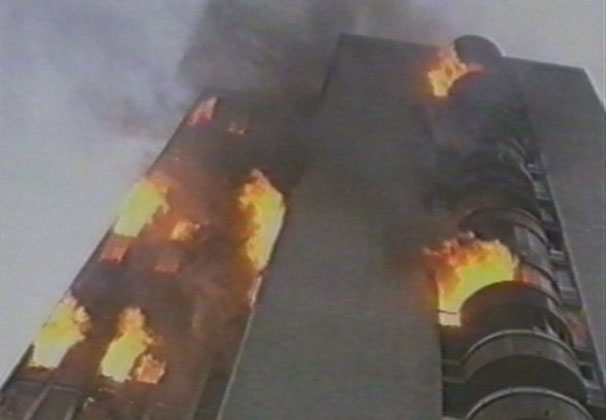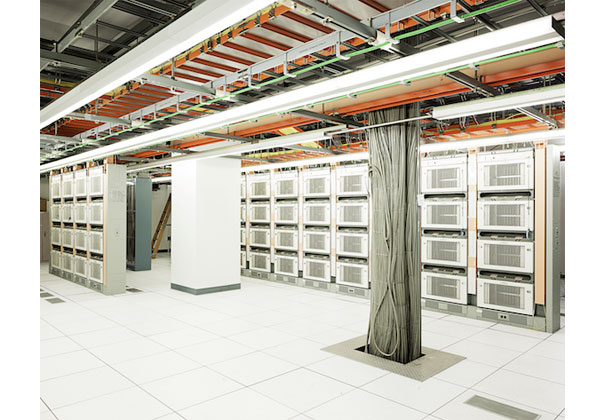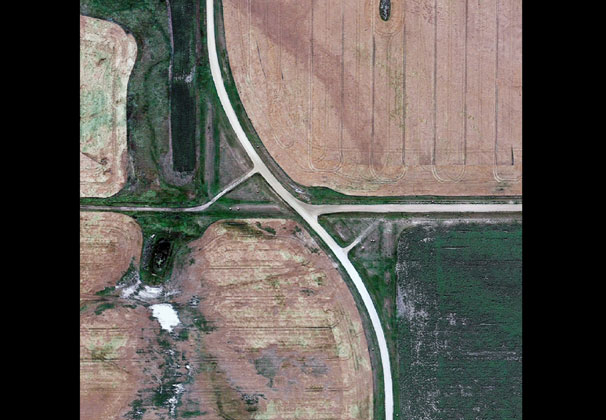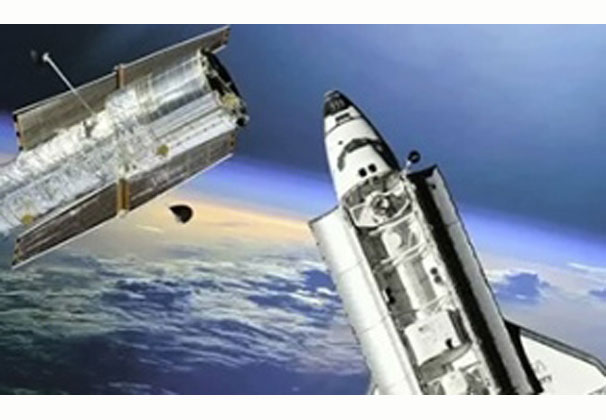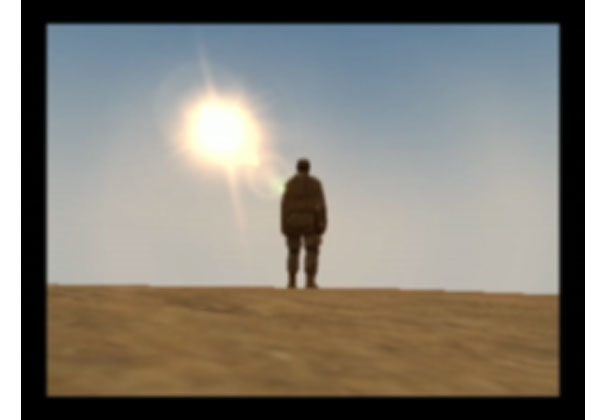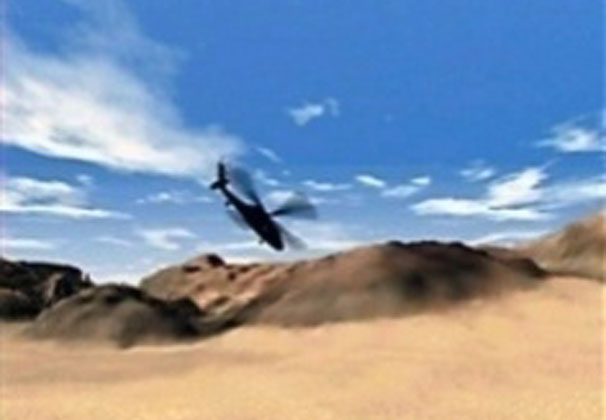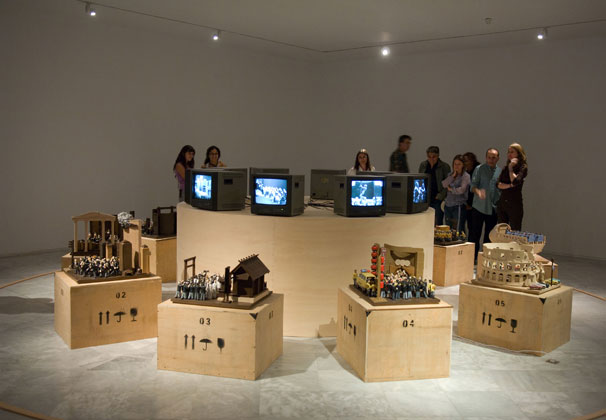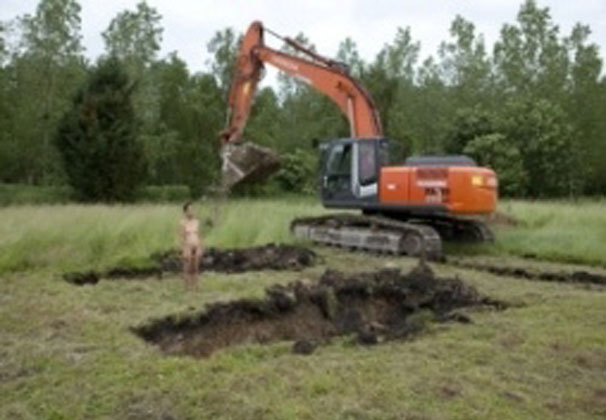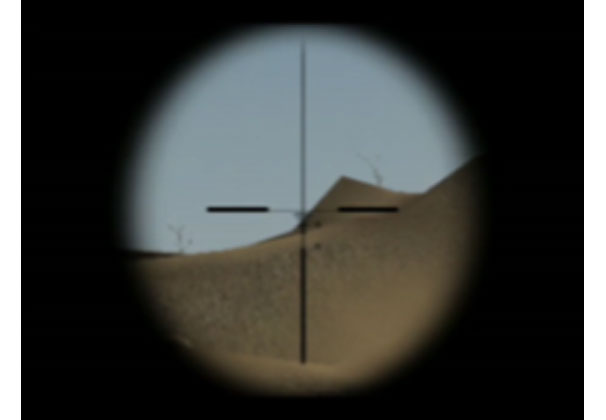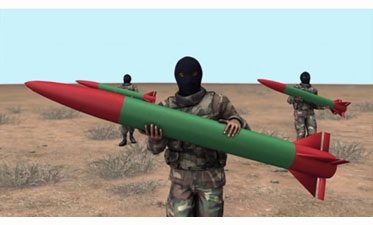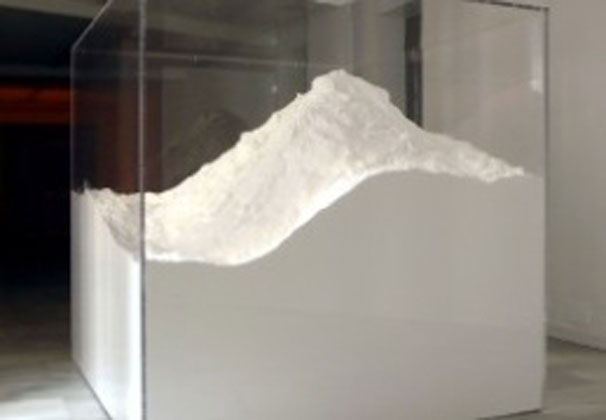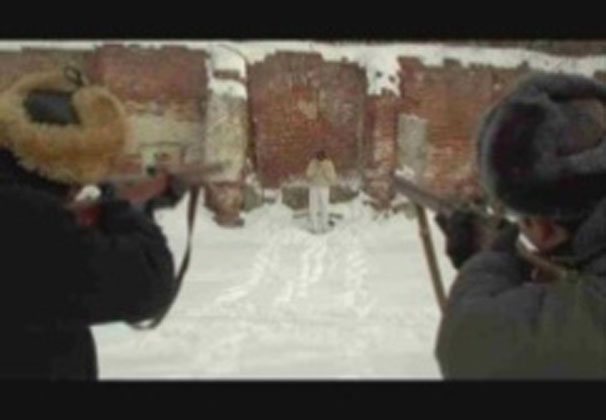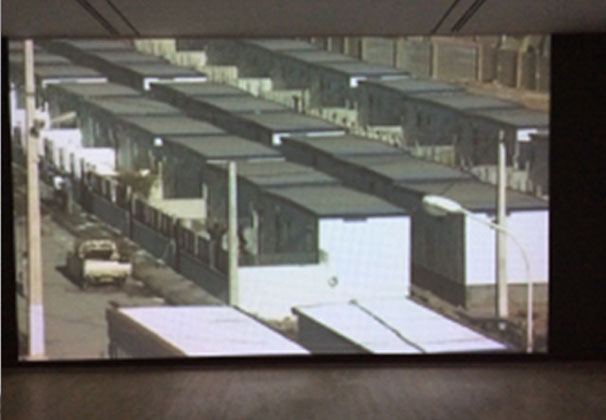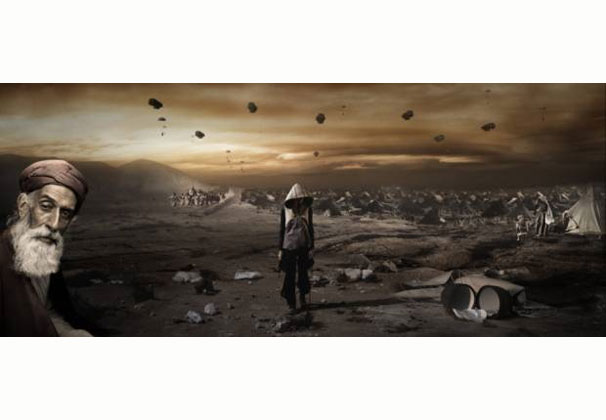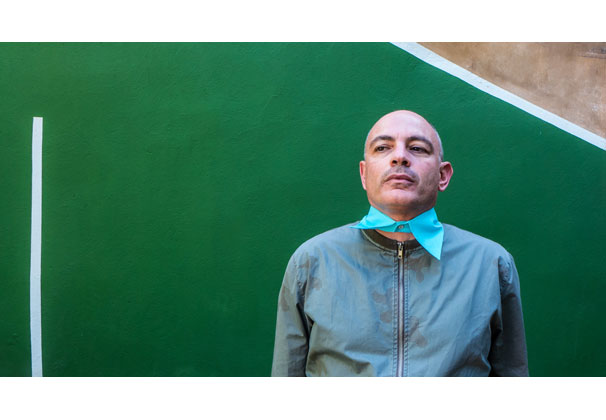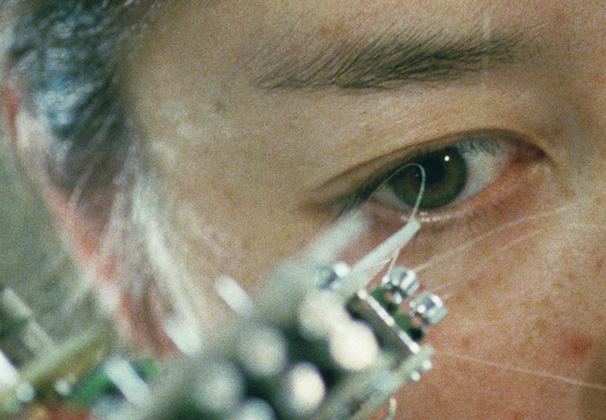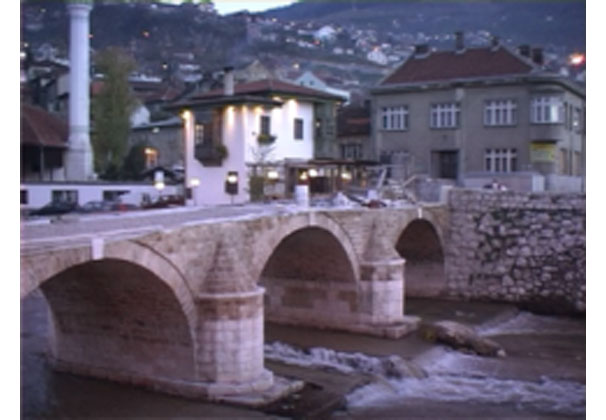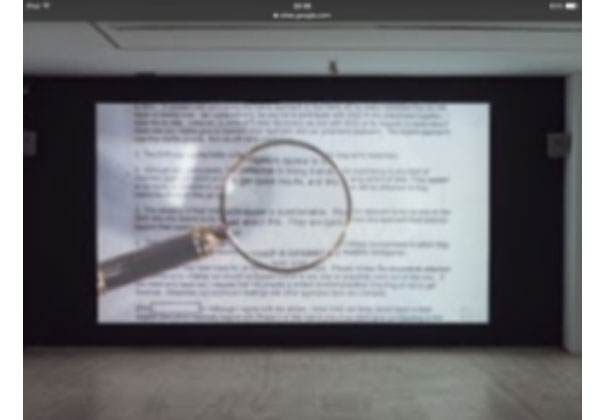What are you looking for?
You might be looking for...
Technologies of violence

Exhibition
TECHNOLOGIES OF VIOLENCE explores the critical relations between art and the contemporary production of violence and the digital technologies, as well as the techniques that power uses to impose itself through violence.
Technology, as a system used to organise, service and control power, finds, in its machines, in Internet and electronic systems, tools for world dominance that, after World War Two and during the Cold War, led to the emergence of a “new era in political security”, according to Ralf Fücks, director of Heinrich-Böll-Stiftung, in a publication entitled Hich-Tech-Kriege (High-Tech Wars).
Control of the air and cyberspace and “control of terror”, identified by theorists like Peter Sloterdijk, Marc Augé, Jutta Weber, Herfried Münkler, Constanze Kurz and Paul Virilio, is the goal of the great powers, including governments, companies and terrorist groups, which use sophisticated technology to establish their war zones, generate chaos and seize local and global dominance: anonymous, remote controlled killing by electronic operations; advanced development of cameras, drones and sensors; autonomous computer combat systems; satellite surveillance; and preventive security policies, police control, the killing and forced displacement of people.
TECHNOLOGIES OF VIOLENCE meditates on the shape that violence takes in the collective imagination, on the iconography and symbology of the media and entertainment industry, and the different ways in which the war industry produces, consumes and uses images (cartoons, video games, software and so on). Moreover, taking up the ideas of Foucault, Achille Mbembe and Subhabrata Banerjee about biopolitics, “necropolitics” and “necrocapitalism” as a global system of death production, the exhibition also looks at the forms of insubordination that artists have worked on since the 2000s, as well as the so-called GWOT (Global War on Terrorism) and the implosion of the neocapitalist system after the failure of the great systems of ideological “redemption”.
Participating artists:
PEGGY AHWESH
MAJA BAJEVIC
ALICIA FRAMIS
REGINA JOSÉ GALINDO
MARIAM GHANI
ELNAZ JAVANI
ENRIC MAURÍ
TIM PARCHIKOV
PAOLO PEDERCINI
MOLLEINDUSTRIA
LARISSA SANSOUR
SEAN SNYDER
EDDO STERN
THOMSON & CRAIGHEAD
ZHOU XIAO HU
Curator: Piedad Solans
Organises and produces: Arts Santa Mònica – Departament de Cultura
Image credits:
PAOLO PEDERCINI, Welcome to the Desert of the Real, 2009. Courtesy: Paolo Pedercini | EDDO STERN, Sheik Attack, 2000. Courtesy: Eddo Stern | THOMSON & CRAIGHEAD, A Short Film About War, 2009. Courtesy: The artists & Carroll / Fletcher, Londres | SEAN SNYDER, Cloud Sediment (Gstaad), 2015-2016. Courtesy: Sean Snyder / Galerie Chantal Croussel, París | MOLLEINDUSTRIA, Phone Story, 2011. Courtesy: Molleindustria | ALICIA FRAMIS, Room to Forget, 2013. Courtesy: Alicia Framis / Galería Juana de Aizpuru, Madrid | PEGGY AHWESH, Lessons of war, 2014. Courtesy: Peggy Ahwesh and Microscope Gallery, Brooklyn, New York | MARIAM GHANI, The Trespassers, 2011. Courtesy: Mariam Ghani i Chitra Ganesh | LARISSA SANSOUR, Nation Estate, 2012. Courtesy: Larissa Sansour and Galería Sabrina Amrani, Madrid | REGINA JOSÉ GALINDO, Tierra, 2013. Courtesy: Regina José Galindo | TIM PARCHIKOV, Matchbox, 2006. Courtesy: Tim Parchikov and Galería Juana de Aizpuru, Madrid | MAJA BAJEVIC, How do you want to be governed?, 2009. Courtesy: Maja Bajevic and Galerie Loïc Chambon, Paris | ENRIC MAURÍ, Llums tremoloses i Sarajevo 2000. La fragilitat de la postguerra i els tractats de pau, 2000-2014 | PEGGY AHWESH, She puppet, 2001. Courtesy: Peggy Ahwesh and Microscope Gallery, Brooklyn, New York | ZHOU XIAO HU, The Crowd of Bystanders, 2003-2005. Courtesy: Centro Andaluz de Arte Contemporáneo (CAAC), Sevilla.


